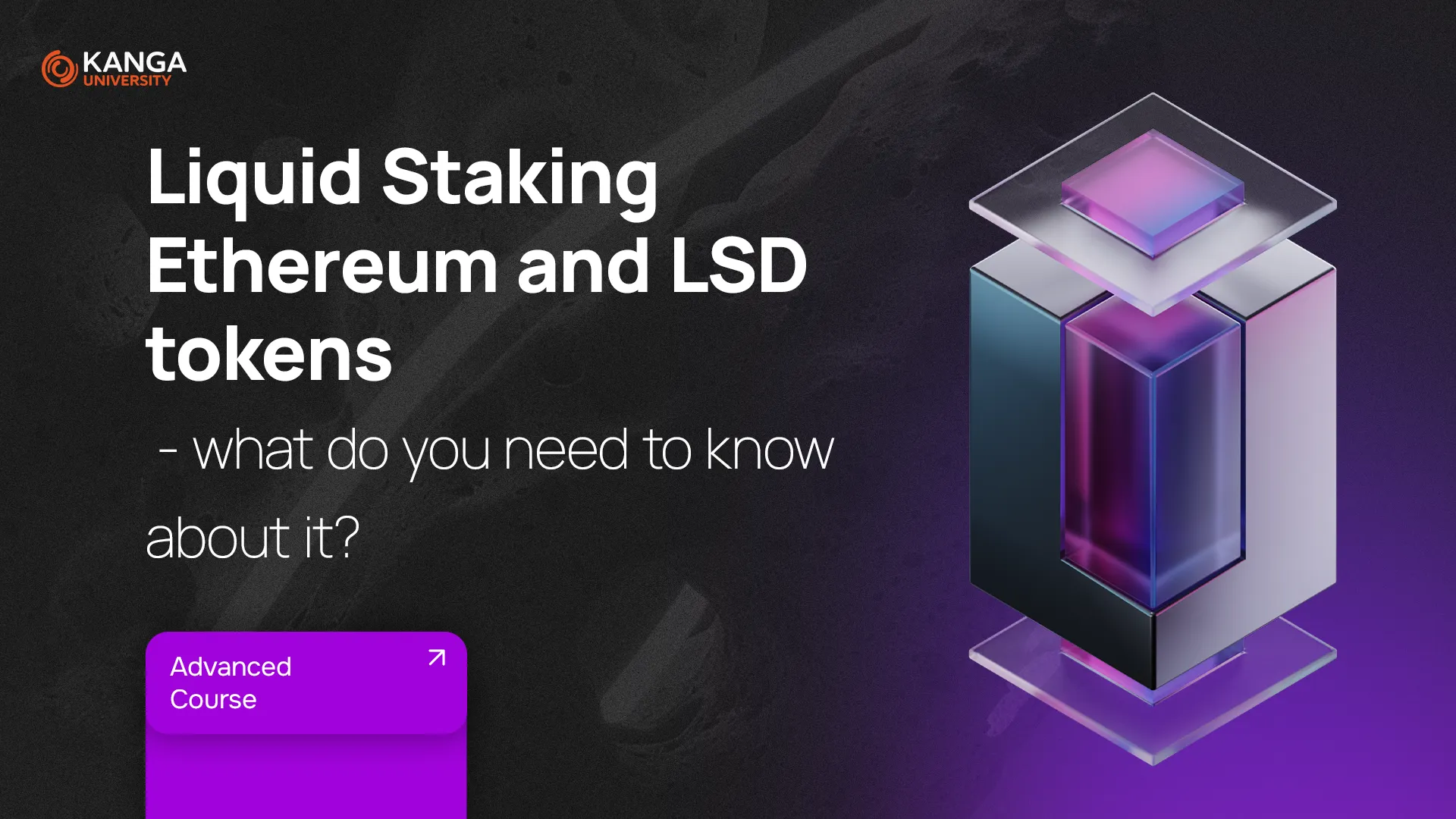
In the world of crypto, you don’t have to trade constantly to make money. One popular method of earning passive income is staking — locking up your crypto to support the blockchain and getting rewarded for it.
But today, we’re diving into something smarter and more flexible: liquid staking. It’s staking without the “lockup.” And it comes with a powerful tool: LSD tokens — which open the door to earning in multiple ways at the same time.
What Is Liquid Staking?
Let’s say you own some Ethereum (ETH). In traditional staking, you lock it up for months to earn a return. Sounds simple, but there’s a catch — your ETH is frozen. You can’t sell it, use it, or move it during that period.
Liquid staking fixes that. It allows you to:
-
earn rewards,
-
keep using your crypto,
-
and put your assets to work in DeFi (decentralized finance), even while they’re staked.
How? When you stake ETH with a liquid staking platform, you receive a replacement token — a liquid version that represents your staked ETH. This is where LSD tokens come in.
What Are LSDs – Liquid Staking Derivatives?
Liquid Staking Derivatives (LSDs) are special tokens you receive when you stake crypto like ETH. They act as digital receipts for your staked assets — and you can use them almost like regular crypto.
With LSDs, you can:
-
trade them,
-
borrow against them,
-
provide liquidity on decentralized exchanges (DEXs),
-
or earn even more yield in DeFi protocols.
These tokens became popular in 2020 and have since become a key part of the crypto ecosystem — especially in the Ethereum network.
Top Liquid Staking Platforms You Should Know
Here are four of the most widely used platforms for liquid staking. Each has its own style, advantages, and token models:
1. Lido (LDO)
The largest and most well-known liquid staking protocol.
-
Stake ETH and get stETH,
-
Use stETH across DeFi platforms,
-
Annual returns: ~3.5–5%,
-
Also supports other networks like Solana and Polygon.
Lido currently controls over 30% of all staked ETH — impressive, but it raises decentralization concerns.
2. Rocket Pool (RPL)
A decentralized alternative focused on community-run nodes.
-
Only 16 ETH needed to run your own validator,
-
Stake and receive rETH,
-
Earn bonus rewards in RPL tokens,
-
Estimated APY: up to 7%, depending on the setup.
Pro: greater decentralization.
Con: extra complexity with RPL token requirements.
3. Frax Ether (frxETH + sfrxETH)
Part of the larger Frax ecosystem.
-
Uses frxETH (liquid) and sfrxETH (yield-bearing),
-
Combine with DeFi platforms like Curve for extra yield,
-
Returns: 6–10%+ depending on usage.
4. StakeWise (SWISE)
Designed for maximum flexibility and transparency.
-
Stake any amount of ETH, even 0.01 ETH,
-
Get two tokens: sETH2 (your deposit) and rETH2 (your rewards),
-
Separating rewards gives you more control.
How Does Liquid Staking Actually Work?
The process is straightforward:
-
You stake ETH with a liquid staking provider.
-
You receive an LSD token in return (like stETH or rETH).
-
Your original ETH keeps generating rewards behind the scenes.
-
Meanwhile, you can use the LSD token in DeFi, trade it, or hold it.
-
When you’re ready to exit, you can redeem your LSD token for real ETH.
It’s like putting money in a high-interest savings account — and still being able to spend it.
Why Is Liquid Staking So Popular?
Benefits:
-
Liquidity – you can use your staked funds without locking them up.
-
Low barrier to entry – start with fractions of ETH.
-
Multi-yield potential – stake once, earn in multiple places.
-
Flexibility – move funds, change platforms, adjust risk.
-
Decentralization (on platforms like Rocket Pool).
Drawbacks:
-
Lower APY – liquid staking usually earns slightly less than traditional staking.
-
Volatility risk – LSD tokens may not always match ETH 1:1 in price.
-
Smart contract risk – if a platform’s code has bugs, funds could be at risk.
-
Centralization concerns – dominant players like Lido could pose risks to Ethereum’s decentralized nature.
Is It Worth It?
Liquid staking is a smart way to earn passive income while keeping your options open. It’s perfect if:
-
You want flexibility and access to your funds,
-
You’re active in DeFi,
-
You’re looking for ways to diversify yield,
-
You prefer lower risk than trading, but more control than traditional staking.
That said, it’s important to monitor platform health, token price fluctuations, and Ethereum’s network changes.